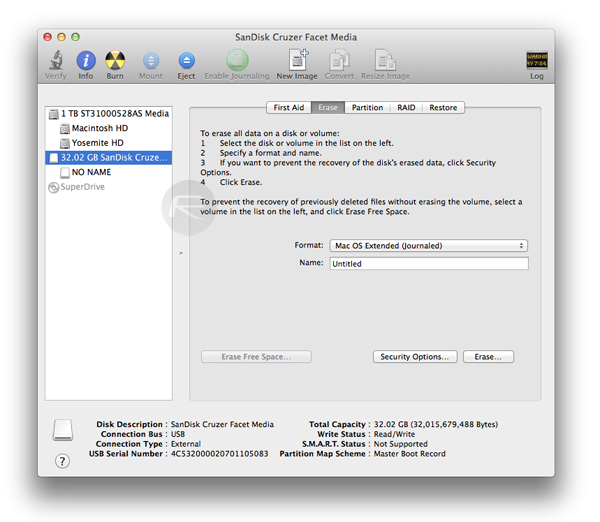
In this case, the system will be installed on that Mac, and the installation files will disappear when the process is finished. If, however, you only want to reinstall macOS once on one computer, you don’t have to use a carrier. You might want to keep installing files on an external drive if you think you might need to install the operating system multiple times or on different computers. In the following instructions, we will use a USB flash drive as an external carrier example. Give your disk the name of the operating system, e.g., Ventura, Monterey, Big Sur. That means you’ll need to grab yourself a 16GB or larger flash drive before you get started.īear in mind - when you download an installer, the disk will be reformatted to suit the operating system you’re trying to run.

Ventura’s installer is over 12GB, as was Montereys, and Big Sur’s topped 13 GB. It’s important to use a drive with enough capacity to fit macOS.

Generally, though, USB flash drives are favored - they’re small, convenient, affordable, and easy to work with.

You can also use it to reinstall the operating system on a Mac that won’t startup. Such a tool allows you to install any version of macOS on multiple Apple computers easily. Why would you want to create an external boot drive for your Mac? A bootable macOS (previously, OS X) install disk is a portable device containing all the necessary installation files for a selected version of macOS.


 0 kommentar(er)
0 kommentar(er)
